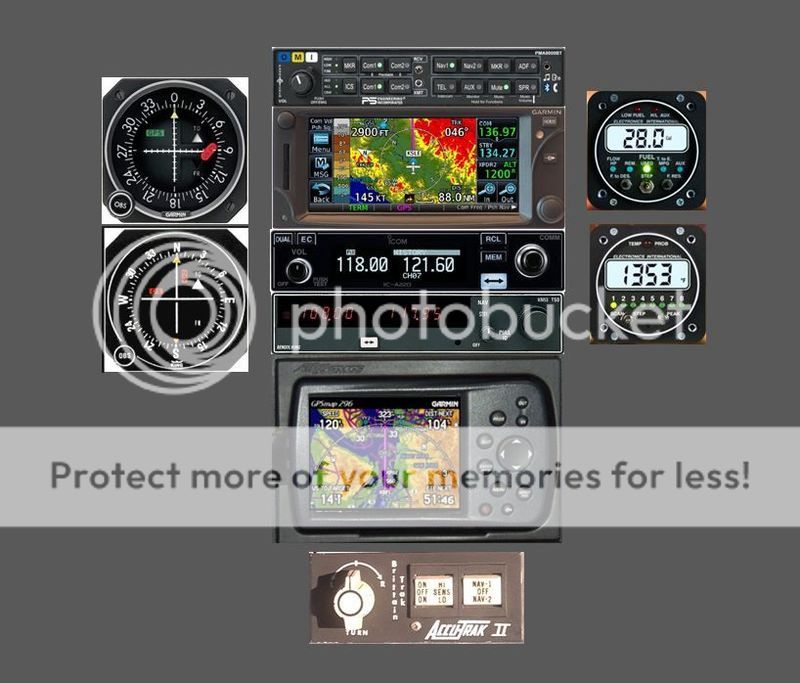Saintroad
Filing Flight Plan
I am a student pilot with 50 hours and nearing my solo and should have my PPL by years end. (This is over a long period of time --- mostly TW aircraft first 30 hours and 20 hours on PA-28 models over the last couple of months)
To this end, I was considering a rather nominal investment into a low-wing Piper starter plane to keep in the family and use for training other family members and just keep this vintage craft running and out of the boneyard.
I am looking at a rather cosmetically challenged (lol) interior on this 1965 PA-28 160 plane and need to know first off what avionics are installed, how much of this is original (if any) and what any of you would do first to clean up the panel make it more usable and substantially cleaner. I don't even know what the 4 position knob with the EVEN/ODD reminder even does. Not familiar with some of these pieces in this setup.
Would rather keep the cost minimal for starters, but I want a clean aircraft.
Can I install later model Piper yokes and sort out the PTT dilemma with only having one side (left PIC) installed? Rather have buttons built into the yokes and run neatly to the radio(s) --- It just looks very worn and dated.
Why is there no base plate on the fuel selector?
This plane will be mostly used for hours building and training --- would like to keep her flying and maintain the vintage look, but properly going to eventually go with a tan interior with new carpet and seats to better match her vintage look -----
Thoughts?


To this end, I was considering a rather nominal investment into a low-wing Piper starter plane to keep in the family and use for training other family members and just keep this vintage craft running and out of the boneyard.
I am looking at a rather cosmetically challenged (lol) interior on this 1965 PA-28 160 plane and need to know first off what avionics are installed, how much of this is original (if any) and what any of you would do first to clean up the panel make it more usable and substantially cleaner. I don't even know what the 4 position knob with the EVEN/ODD reminder even does. Not familiar with some of these pieces in this setup.
Would rather keep the cost minimal for starters, but I want a clean aircraft.
Can I install later model Piper yokes and sort out the PTT dilemma with only having one side (left PIC) installed? Rather have buttons built into the yokes and run neatly to the radio(s) --- It just looks very worn and dated.
Why is there no base plate on the fuel selector?
This plane will be mostly used for hours building and training --- would like to keep her flying and maintain the vintage look, but properly going to eventually go with a tan interior with new carpet and seats to better match her vintage look -----
Thoughts?


Last edited:







